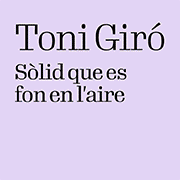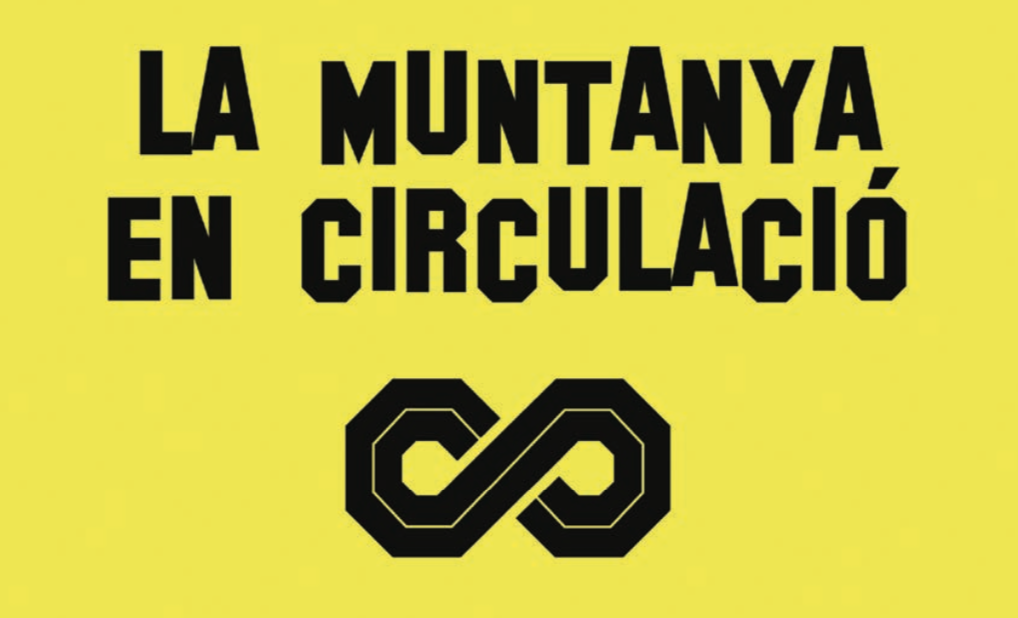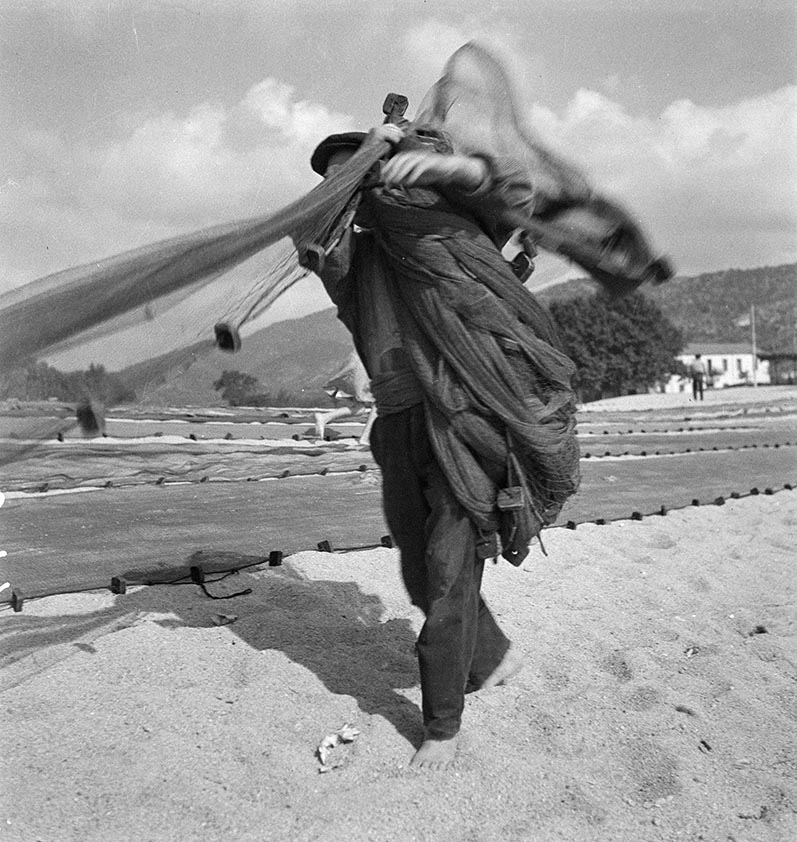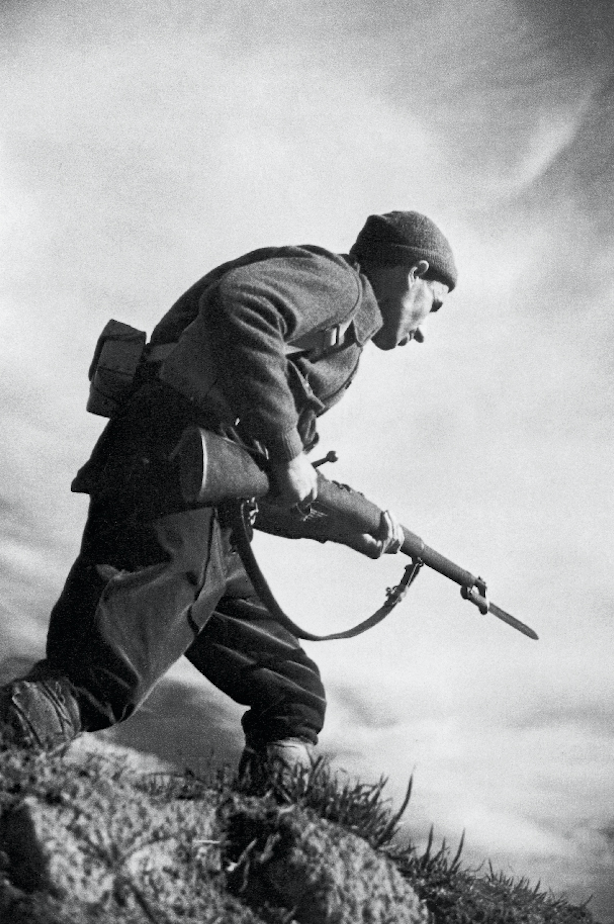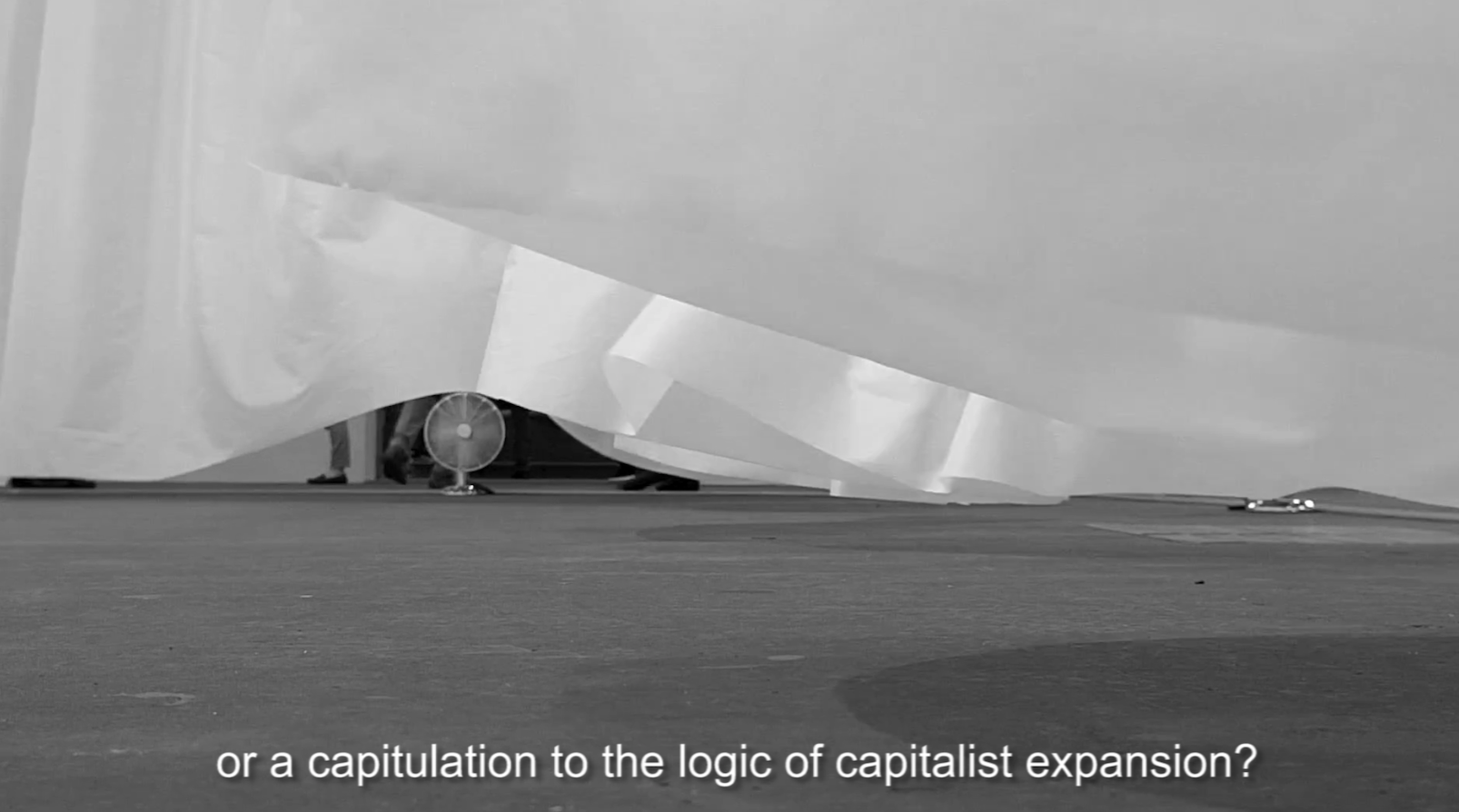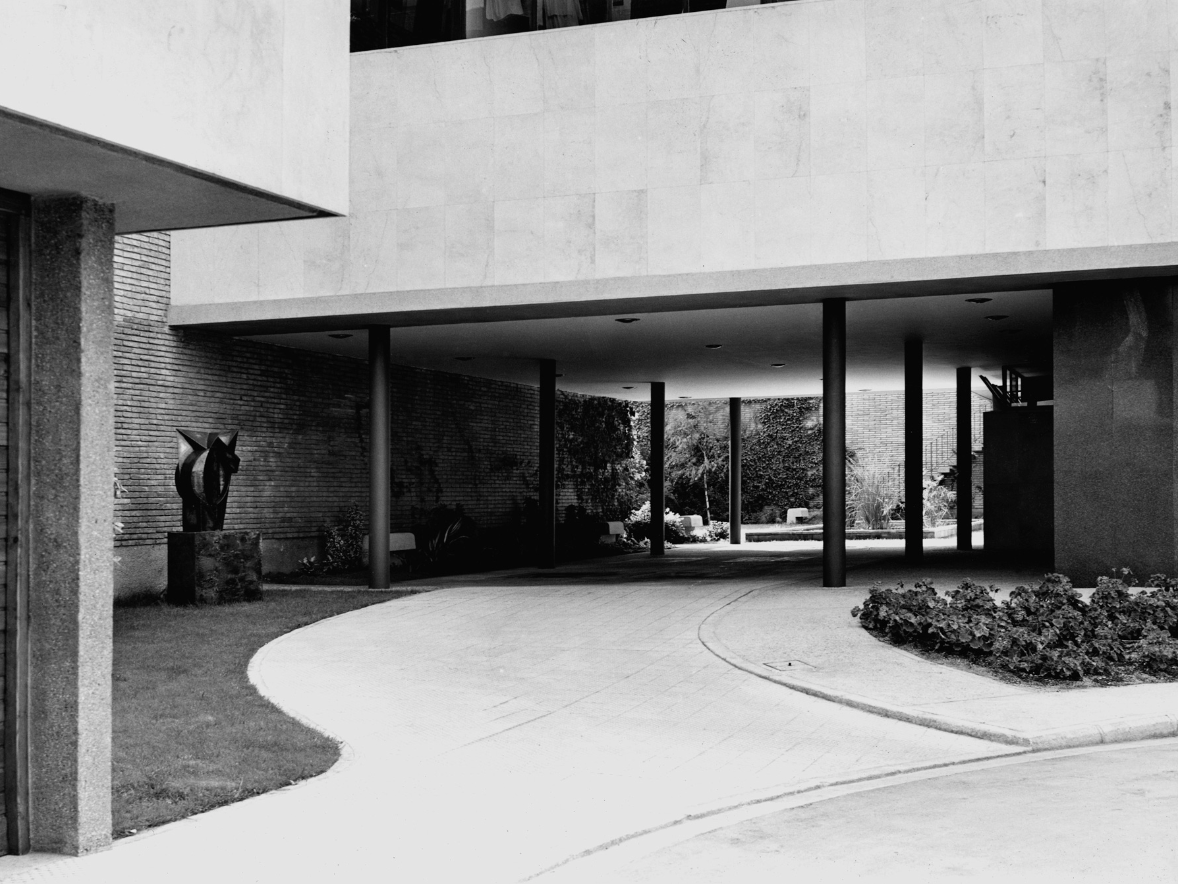
The old headquarters of the publishing house Gustavo Gili is filled with hard lines just as in their day, in 1985, Carles Martí and Xavier Monteys wrote. A journey through almost twenty-five years of the 20th century, stopping in front of almost thirty examples of buildings, designs and urban planning, with the city of Barcelona as its geographical epicenter.
Curated by Valentín Roma and produced by La Virreina Center de la Imatge and the Open Center of Architecture, the exhibition can be visited until the beginning of July, keeping in mind that there have been countless ways of making architecture over time, leaving a record many times most architects do not care much about the expressive capacity of the final architectural work, nor about its poetic content. Hard lines begins in 1949, in the midst of the Franco period, until 1974, years before the postmodern, urbanistic and cultural, as well as artistic, explosion that the city will experience for the Olympic Games. This time the proposals constitute hard lines with essential features, such as the attempt to open the disciplines to new collective uses, overcoming the project as a simple theoretical methodology and confronting citizen conflicts. All this framework of ideas will leave visitors concerned about the places and conditions in which they lived and live, tracing a study of reconstruction with images, documents and texts.
These lines and these paths that we want to narrate in the architectural field of Barcelona are complemented by an itinerary through five branches of the publishing house Gustavo Gili, together with images by Francesc Català-Roca about the building, specifically when it was being built and the subsequent opening. Beginning with ideas about the problem of affordable housing in Barcelona in 1949, with a winning team made up of Francesc Mitjans, Antoni de Moragas, Ramon Tort, Antoni Perpinyà, Josep Antoni Balcells and Josep Maria Sostres. A project where the economic and sociological study of the housing situation was analyzed. The next stop is Grup R, which ended its activity in 1961. Visitors will tour the city from north to south and from east to west, such as the apartments in the attics of FS Barba's La Pedrera or the construction of the 'Estadio del FC Barcelona, the work of the aforementioned Francesc Mitjans between 1954 and 1957, which made it possible to leave behind the field of Les Corts, which was already too small to see Kubala.
Another of the buildings in the exhibition is the Faculty of Law of the University of Barcelona, very close to the Camp Nou, in addition to the well-known Ciutat Meridiana canodrome. And one of the examples is the Frègoli building, at the beginning of the seventies, where the artist Jordi Benito created one of his large installations, Descoberta Frègoli , in 1972, with photographs that have remained as a witness of colic The end will be marked by the building where the Vinçon store and showroom used to be.



